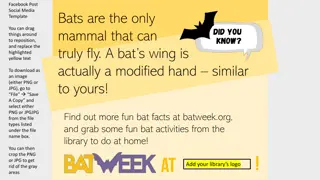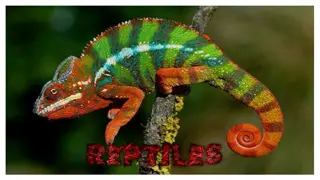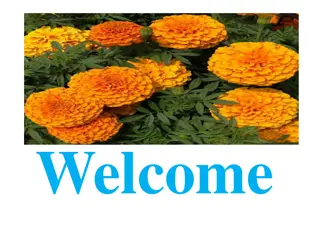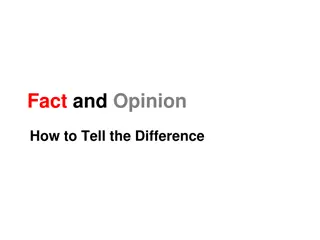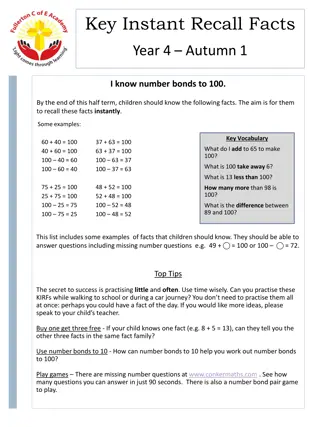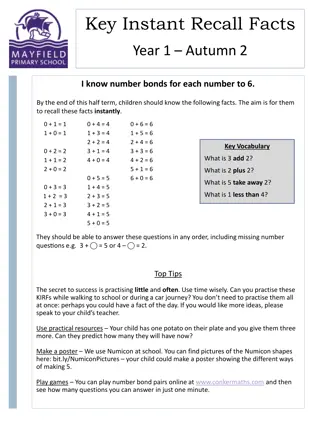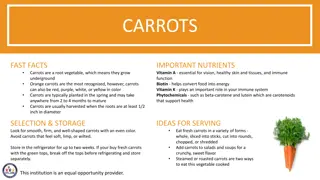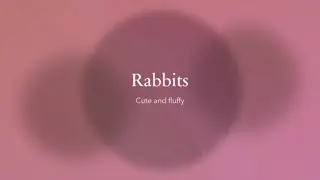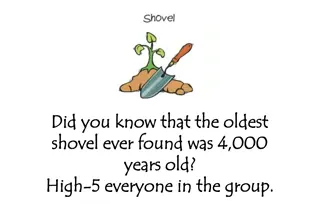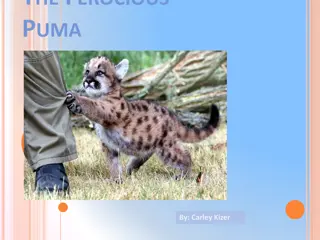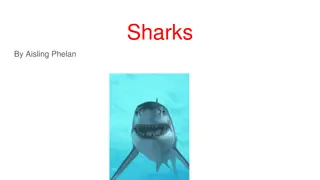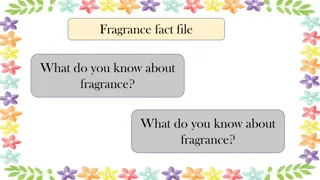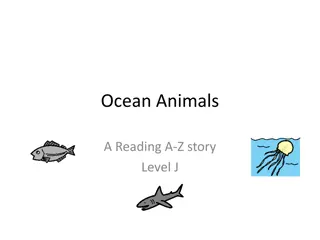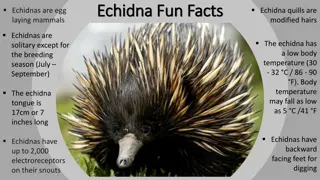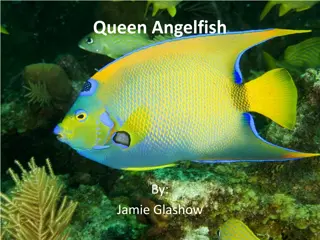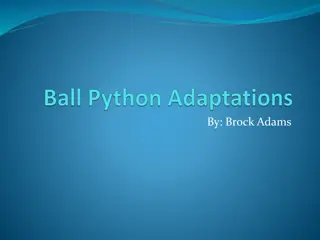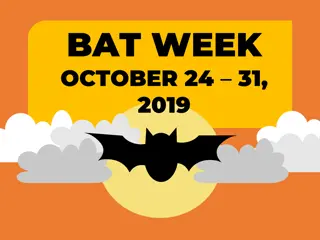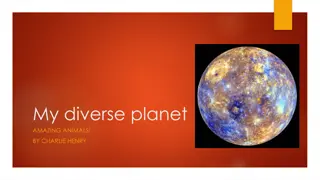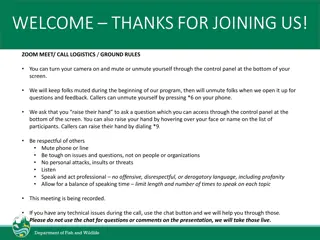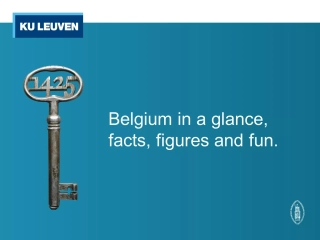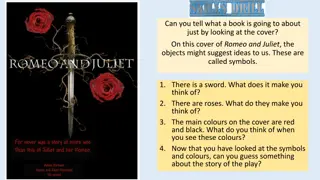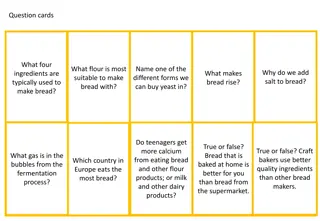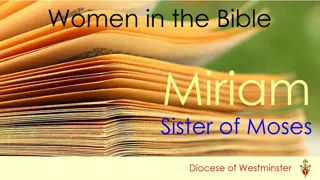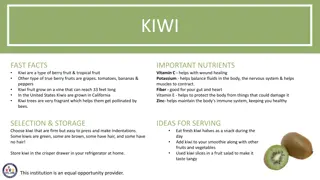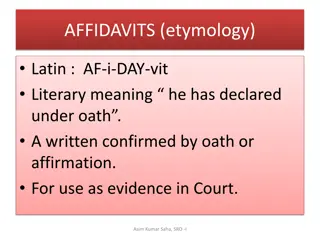Fascinating Facts About Ireland's Mute Swans
Ireland is home to the beautiful mute swans, the most common type found in the country. They mate for life, building nests close to water among tall reeds. The pen lays a clutch of eggs, which the cob and pen take turns to incubate. The cygnets hatch as fluffy grey babies and learn to communicate with their parents. From learning to fly to turning white as they grow, the life cycle of these elegant swans is truly captivating.
Download Presentation

Please find below an Image/Link to download the presentation.
The content on the website is provided AS IS for your information and personal use only. It may not be sold, licensed, or shared on other websites without obtaining consent from the author. Download presentation by click this link. If you encounter any issues during the download, it is possible that the publisher has removed the file from their server.
E N D
Presentation Transcript
Irelands mute swan The mute swan is the most common type of swan found in Ireland. It lives here all year round. The whooper swan and Bewick s swan are also found here, but only from October to April. They migrate here to escape the freezing winters of Iceland and Russia.
Swan courtship Swans often mate for life. The female swan is called a pen. The male is called a cob. During courtship, mute swans communicate by honking and facing one another with their necks bent, almost in the shape of a heart.
Nesting place The cob seeks out a nesting place. Several locations are scouted before a safe place is found. It needs to have lots of vegetation nearby. The nest is usually built very close to water. It is often built among tall reeds at the water s edge. It needs to be well hidden from predators such as foxes.
Nest The cob and pen use grass and reeds to build a large, circular nest with a dip in the middle for their eggs. The pen lays a clutch of up to seven eggs between April and June. These are creamy-white in colour and among the largest of all bird eggs.
Incubation The pen sits on the eggs to incubate them. She keeps them safe and warm. The incubation period lasts five to six weeks.
Cygnets When the cygnets hatch, they are grey, soft and fluffy with a grey or pink beak. They stay with their parents until they are six to nine months old.
Communication The mute swan communicates with its cygnets by honking. It also makes a hissing sound when it senses danger. This shows that the mute swan does not live up to its name it is not mute at all!
Six-month-old cygnets The cygnets gradually turn brown. At six months old, they start learning to fly.
One-year-old cygnets By the time they are one year old, they are mostly white, but their beak is still grey or pink.
Mature swans A mature swan has full white plumage and an orange beak. The young swan reaches maturity at three years old and then tries to find a mate. It is considered to be an adult swan at around four years old.
Eating A swan does not have teeth to chew it food. Like all birds, it has a gizzard, which is a type of stomach with strong muscular walls for grinding up food. Its bill is used for collecting food and building a nest.
Webbed feet Webbed feet allow the swan to both swim in the water and walk on land.
Busking If the swan feels threatened, it opens its wings and feathers wide, and hisses and honks loudly. This is called busking.
Diet The mute swan is mostly a herbivore. Its long neck is ideal for reaching down to the bed of the river or pond to find food. It uses its feet to rake up underwater vegetation such as pondweed, then dips its head under the water and tears off pieces with its bill. Water-crowfoot is one of its favourite plants to eat.
Body Like all birds, the mute swan is warm- blooded. Its bones are hollow, making its body light enough for flying. The adult weighs around 11 kg. It can live for up to 30 years in the wild. The pen tends to live longer than the cob.
Illustrations Shutterstock Beehive



